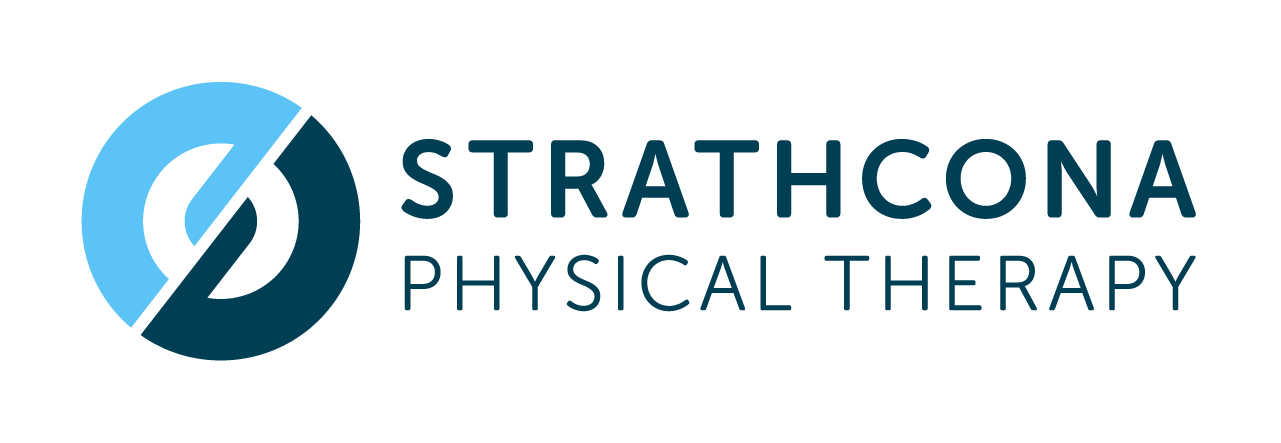Understanding Tennis Elbow and How Shockwave Treatment Can Help
Introduction to Tennis Elbow
Tennis elbow, or lateral epicondylitis, is a common condition that causes pain around the outside of the elbow. Despite its name, it doesn't only affect tennis players. It's caused by overuse of the muscles and tendons of the forearm near the elbow joint. Repetitive motions, such as gripping or lifting, can lead to small tears in the tendons, resulting in inflammation, pain, and tenderness.
Symptoms of Tennis Elbow
Pain and tenderness on the outer part of the elbow
Weak grip strength
Pain that worsens with forearm activity, such as lifting, gripping, or twisting
Stiffness in the elbow, particularly in the morning
Traditional Treatments for Tennis Elbow
Traditional treatments for tennis elbow include rest, ice, anti-inflammatory medications, physical therapy, and, in severe cases, corticosteroid injections or surgery. While these treatments can be effective, they often require prolonged recovery periods and may not always provide complete relief.
Introduction to Shockwave Therapy
Shockwave therapy is a non-invasive treatment option that has been gaining popularity for its effectiveness in treating musculoskeletal conditions, including tennis elbow. It involves the use of high-energy acoustic waves that are directed to the affected area. These waves stimulate the body's natural healing processes by increasing blood flow, reducing inflammation, and promoting tissue regeneration.
How Shockwave Therapy Works for Tennis Elbow
Increased Blood Flow: The acoustic waves help to increase blood circulation to the affected area. Enhanced blood flow delivers more oxygen and nutrients to the damaged tissues, aiding in the healing process.
Reduction of Inflammation: Shockwave therapy helps to reduce inflammation and swelling around the elbow joint. By targeting the inflammation, it alleviates pain and improves mobility.
Stimulation of Collagen Production: The therapy stimulates the production of collagen, an essential protein for tendon repair. This helps to strengthen the affected tendons and reduce the risk of re-injury.
Pain Relief: The treatment helps to desensitize nerve endings in the affected area, providing significant pain relief. This allows patients to engage in physical therapy and exercises that can further aid in recovery.
Breakdown of Scar Tissue: Over time, scar tissue can form around the damaged tendons, limiting mobility and causing pain. Shockwave therapy helps to break down this scar tissue, improving flexibility and function.
Benefits of Shockwave Therapy
Non-invasive: No surgery or injections are required, reducing the risk of complications and infections.
Quick Recovery: Patients can often return to their regular activities soon after treatment, with minimal downtime.
Effective: Studies have shown that shockwave therapy can provide significant relief for many patients with tennis elbow, often after just a few sessions.
Minimal Side Effects: The treatment is generally well-tolerated, with few side effects such as mild discomfort or redness at the treatment site.
Conclusion
Tennis elbow can be a debilitating condition, but shockwave therapy offers a promising treatment option. By promoting healing and reducing pain through non-invasive means, shockwave therapy can help patients return to their daily activities with improved function and reduced discomfort. If you're struggling with tennis elbow, consult with a healthcare professional to see if shockwave therapy is a suitable option for you.
References:
Mayo Clinic. (2023, April 12). Tennis Elbow.
WebMD. (2022, August 9). Tennis Elbow (Lateral Epicondylitis).
Harvard Health Publishing. (2021, October 1). Shockwave therapy for tendinitis and plantar fasciitis.
